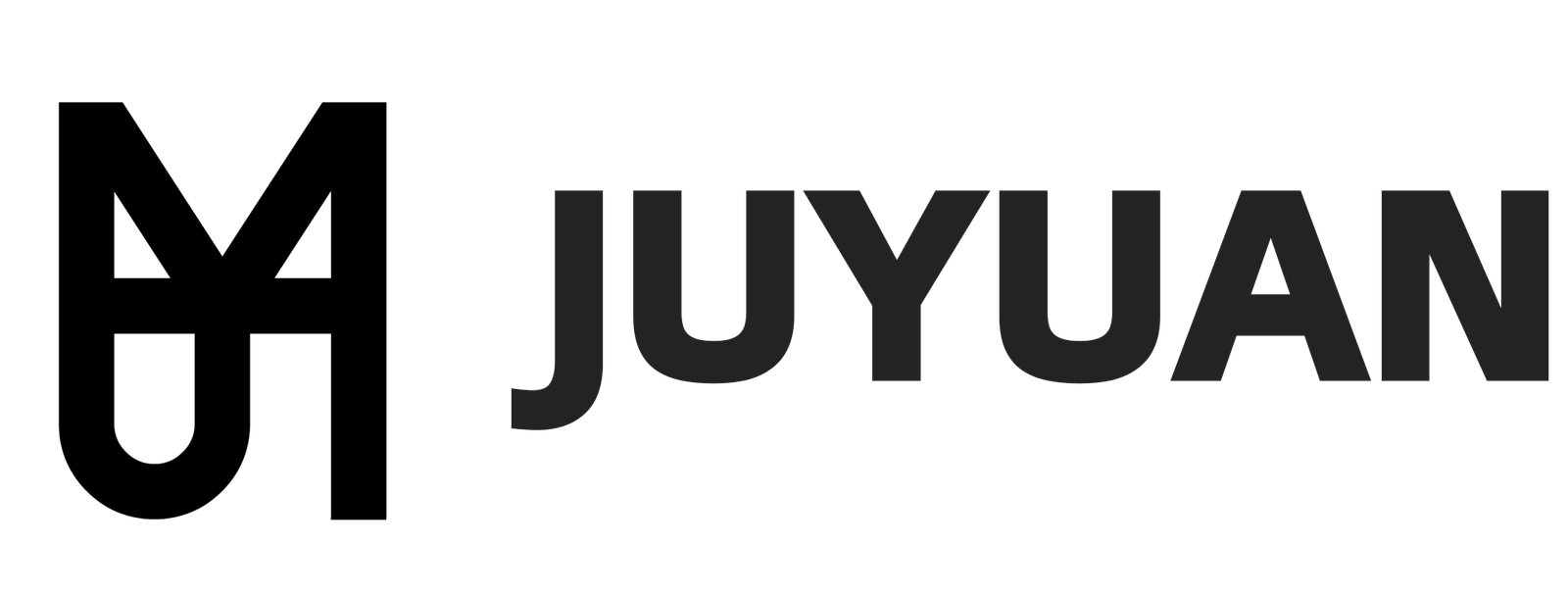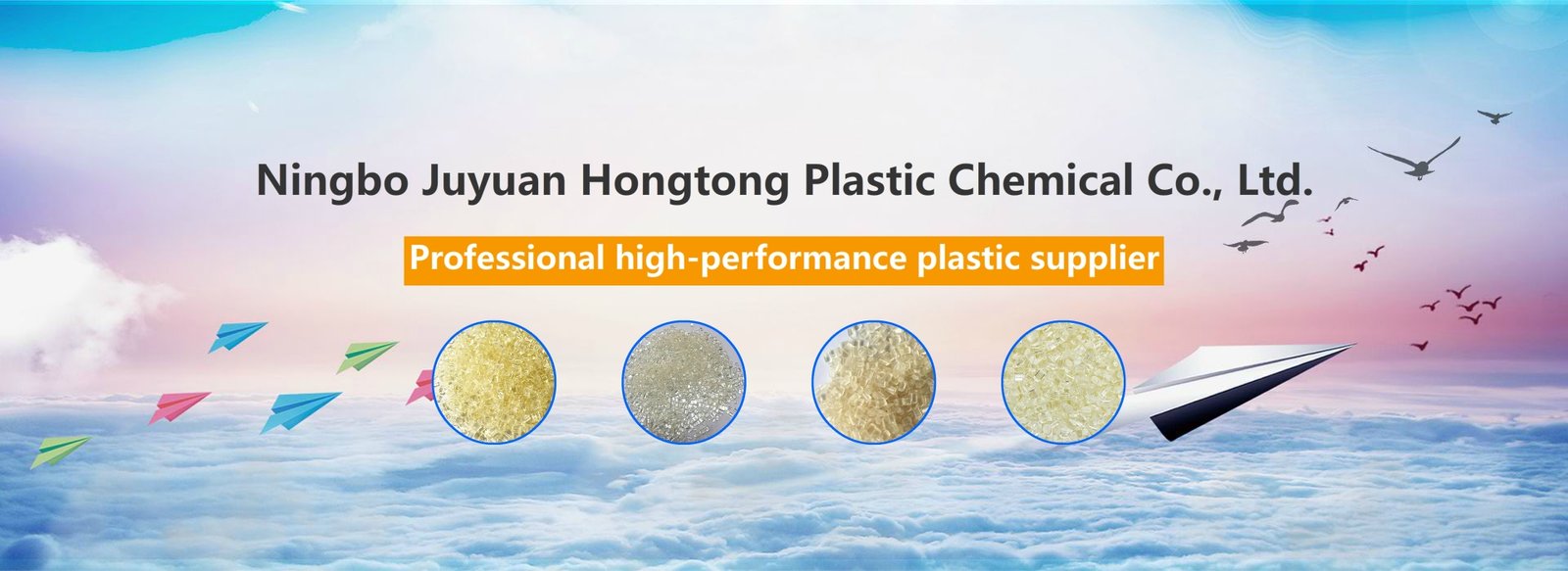1. Why Do Plastic Bottles Have a "Triangle, Arrow, and Number" Logo on Their Bottom?
When you pick up a bottle of mineral water, shampoo or detergent and turn it over at the bottom, you can see a triangle composed of three arrows, with numbers or letters printed inside.
This is not decoration but the internationally recognized Resin Identification Code (RIC).
The RIC coding was first established by the American Plastics Industry Association (SPI) in 1988 and is currently implemented in accordance with the ASTM D7611 standard.
Although it is not a global mandatory standard, it has become a widely adopted identification system in the recycling systems of various countries.
Its functions include:
♻️ helps consumers identify types of plastics, understand safety levels and uses;
🏭 facilitates efficient classification by recycling institutions and improves the recycling utilization rate;
🧪 facilitates manufacturers to track the characteristics of raw materials, achieve reuse and performance evaluation.
Today, this identification system has become the "ID card" of global plastic products and the most fundamental data language in the circular economy system.

2. Detailed Explanation of the Seven Plastic Identification Marks and Their Application Scenarios
| No. | Abbr. | Material Name | Common Uses | Key Features | Usage & Recycling Notes |
| ① | PET | Polyethylene Terephthalate | Water bottles, beverage containers | Transparent, lightweight | Deforms above 60°C; single use recommended |
| ② | HDPE | High-Density Polyethylene | Shampoo bottles, milk jugs, detergent containers | Acid/alkali resistant, impact resistant | Reusable, avoid hot liquids |
| ③ | PVC | Polyvinyl Chloride | Pipes, cling films, wire coatings | Transparent, corrosion resistant | Contains additives; not food-safe |
| ④ | LDPE | Low-Density Polyethylene | Cling wrap, squeeze bottles, shopping bags | Soft, flexible, cold-resistant | Not suitable for hot foods |
| ⑤ | PP | Polypropylene | Baby bottles, microwave containers, caps | Heat resistant, food-safe | Reusable, microwave safe |
| ⑥ | PS | Polystyrene | Disposable cups, yogurt containers, foam packaging | Lightweight, easy to mold | May release styrene when heated |
| ⑦ | OTHER (PC, ABS, etc.) | Various plastics | Sports bottles, baby bottles, electronics housings | Strong, impact resistant | Some contain BPA—check safety labels |
🔍 Extended reading:
・PET has the highest recycling rate and can be regenerated into fibers, films and recycled bottle flakes.
・HDPE and PP are the main materials for sustainable packaging.
・PVC is gradually reducing its use in packaging due to its complex additives.
・Engineering plastics such as ABS and PC are more often used in high value-added fields like automobiles, electronics and medical care.
3. the materials of the bottle body and the bottle cap are often different
Most consumers think that the entire bottle is made of the same type of plastic, but that's not the case
・The bottle body is mostly made of PET: transparent, beautiful, lightweight and quick to form.
・Bottle caps are commonly made of PP or HDPE: they have better pressure resistance and toughness and are less prone to deformation.
・Most labels are made of BOPP or PE films: ensuring printability and easy peelability.
During the manufacturing process, the difference in materials between the bottle body and the bottle cap will affect:
・Melting point matching: The melting point of PP is approximately 160-165℃, while that of PET is about 250℃.
・Shrinkage rate control: If not matched, it can easily lead to poor sealing or the bottle cap getting stuck.
・Recycling and processing: Different materials must be separated to achieve high-quality regeneration and utilization.
For plastic suppliers and packaging designers, this means that material selection must take into account mechanical properties, processing characteristics and recyclability.
4. The Relationship between Plastic Labeling and Environmental Protection Regulations
With the advancement of circular economy policies, an increasing number of countries are demanding:
・The plastic identification code must be clearly marked.
・Mixing of non-separable materials for packaging is prohibited.
・Promote the use of Mono-material Packaging for recyclable design.
The EU's Packaging and Packaging Waste Regulation (PPWR) is gradually replacing the old version of PPWD, emphasizing single-material design and traceability.
China's "Action Plan for Plastic Pollution Control" is also strengthening labeling norms and reuse standards.
5. From the perspective of Consumers: How to Use plastic Bottles Safely and environmentally
✅ Select materials based on the number: for food contact, ② (HDPE) or ⑤ (PP) are recommended;
⚠️ Avoid refilling hot water: PET and PS are prone to release harmful substances at high temperatures;
☀️ Avoid direct sunlight: ultraviolet rays can cause plastics to age and decompose;
🚰 Clean before recycling: Residual liquid will affect the quality of the entire batch of recycling;
🧴 Separate the bottle body from the cap: different materials need to be recycled independently.
💡 Tip:Identifying the "fork & cup mark" or "FDA/LFGB certification" can help determine the safety of food contact.
6. Plastic Labels and Their Recycling and Reuse Value
In the recycling system, the economic values of different materials vary significantly:
・High recycling value: PET, HDPE (can be recycled into recycled bottle flakes, cleaning agent bottles, fibers, etc.)
・Medium value: PP, PS (The recycling process is relatively difficult, but the technology is mature
・Low recycling value: PVC, OTHER (complex composition, high cost)
The key to improving the reuse rate lies in:
・Clean thoroughly to reduce foreign objects;
・Remove the bottle cap and label;
・Choose single-material packaging.
7. Conclusion: The Logic of the Industrial Chain Behind a Symbol
The "triangular mark" at the bottom of plastic bottles, though seemingly simple, actually embodies the integration of materials science, production design and environmental protection concepts.
・For manufacturers, it represents raw material management and quality traceability.
・For brand owners, it is related to sustainable image and regulatory compliance.
・For consumers, it is the first step to understanding the safety and environmental friendliness of plastics.
8. Juyuan Tip: Make plastic safer, greener and more valuable
As a professional plastic raw material trader, Juyuan offers a wide range of plastic raw material pellets including PET, HDPE, PP, PC, ABS, etc., which are widely used in:
・Food and beverage packaging
・Medical and personal care containers
・Industrial and electronic components
We offer our customers
・Material selection and performance evaluation
・Sustainable packaging solutions
・International certification and supply chain support
Juyuan - Empowering a sustainable future with professional plastic solutions.

